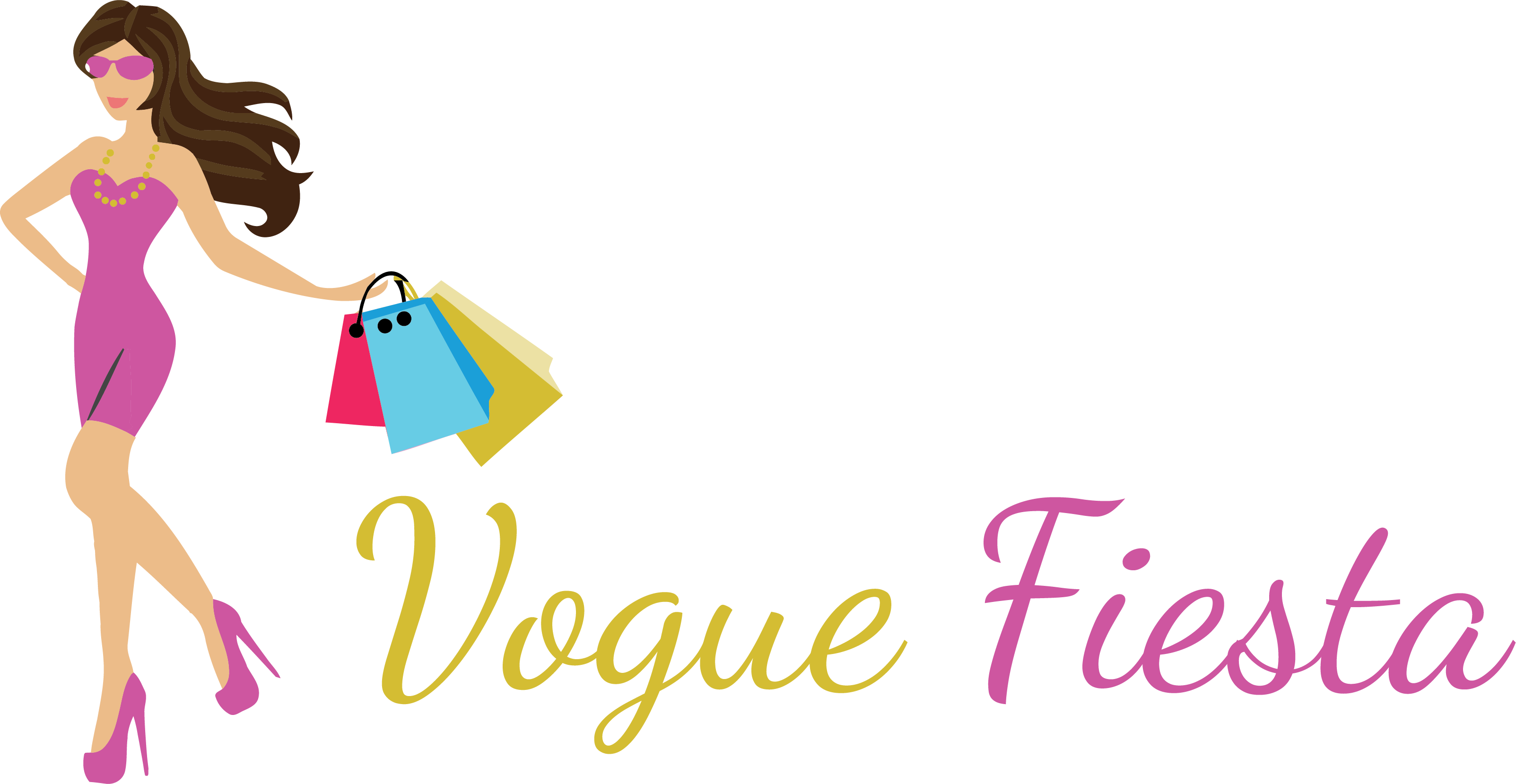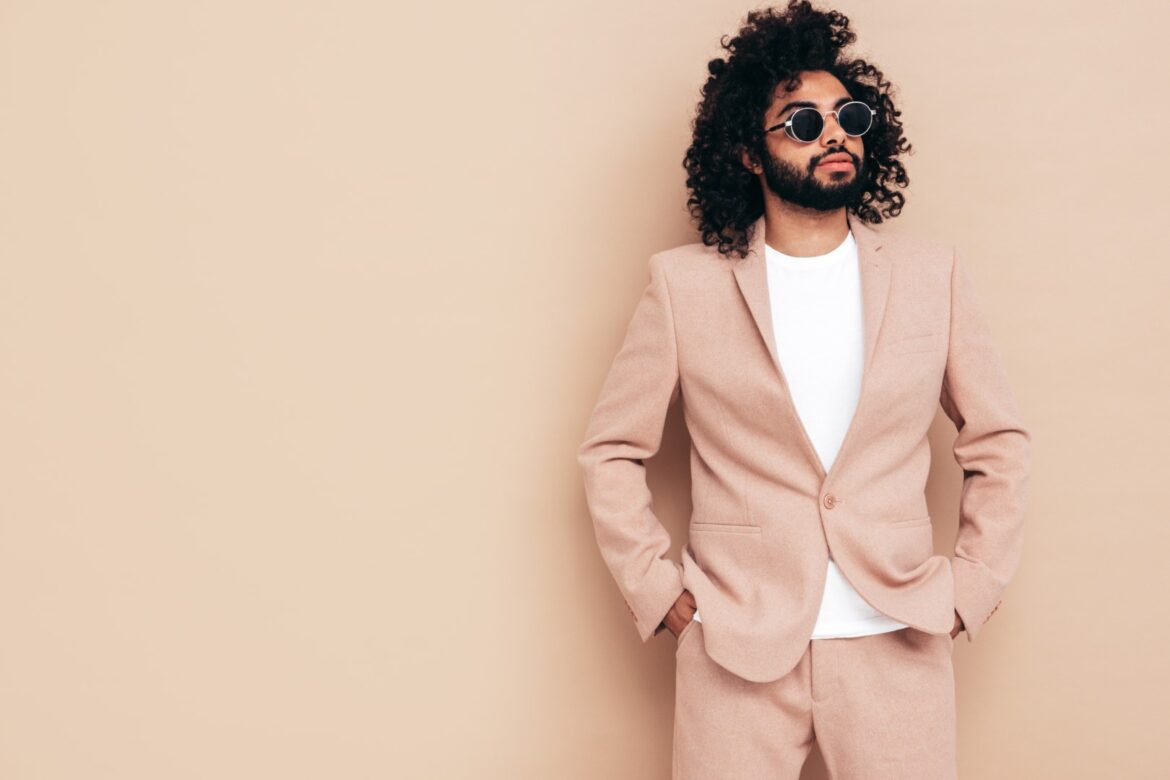Beauty standards have evolved over time, and the fashion industry is no exception. In recent years, there has been a growing movement towards redefining beauty and embracing body positivity and inclusivity in fashion. Gone are the days when one size or shape fits all. Today, fashion is more diverse, inclusive, and representative of people of all body types, sizes, shapes, and colors. In this blog, we will delve into the importance of body positivity and inclusivity in fashion and how it is redefining beauty standards.

Body Positivity: Celebrating All Body Types
Body positivity is a movement that advocates for acceptance and celebration of all body types, regardless of shape, size, color, or appearance. It promotes self-love, self-acceptance, and confidence in one’s own body, without conforming to traditional beauty standards. Body positivity challenges the societal norms that dictate what is considered beautiful or acceptable and encourages individuals to embrace their unique bodies as they are.
In fashion, body positivity has gained momentum in recent years, with brands and designers featuring models of different body types and sizes in their campaigns and runway shows. Plus-size models, curvy models, petite models, and models of different ethnicities and backgrounds are now represented more than ever in the fashion industry. This shift towards inclusivity in fashion has allowed people of all body types to feel seen, heard, and represented, which has a positive impact on their self-esteem and body image.
Fashion brands have also started to create clothing lines that cater to diverse body types, such as plus-size clothing, petite clothing, and extended size ranges. This enables individuals of all sizes to have access to trendy and fashionable clothing that fits them comfortably and makes them feel confident.
Inclusivity: Embracing Diversity in Fashion
Inclusivity in fashion goes beyond body positivity and also encompasses embracing diversity in other aspects, such as race, ethnicity, age, gender, and ability. It advocates for representation and inclusiveness of all individuals, regardless of their background or identity. Inclusivity in fashion recognizes that beauty and style come in all forms and aims to create a fashion industry that is welcoming, accepting, and representative of all people.
The fashion industry has made progress in embracing diversity in recent years, with more representation of models from diverse racial and ethnic backgrounds, different age groups, and various genders and gender identities. Fashion campaigns and runway shows now feature models of different ethnicities, sizes, ages, and gender identities, reflecting the diversity of the real world. This shift towards inclusivity in fashion is a step towards breaking down harmful stereotypes and promoting acceptance and celebration of all individuals, regardless of their differences.
Inclusive fashion also involves creating adaptive clothing for individuals with disabilities or different abilities. Adaptive clothing is designed to be functional and comfortable for individuals with physical limitations or challenges, while still being fashionable and stylish. Brands are now incorporating adaptive features, such as magnetic closures, adjustable waistbands, and easy-to-use zippers, in their clothing lines to make fashion accessible for everyone.
The Impact of Body Positivity and Inclusivity in Fashion
The movement towards body positivity and inclusivity in fashion has had a significant impact on individuals’ lives and the fashion industry as a whole. Here are some of the ways in which body positivity and inclusivity in fashion have made a positive impact:
- Improved Self-Esteem and Body Image: Seeing diverse bodies represented in fashion campaigns and runway shows has helped individuals with different body types, sizes, and shapes to feel more confident and positive about their own bodies. It has challenged the notion of an ideal body type and encouraged self-acceptance and self-love, leading to improved self-esteem and body image.
- Increased Representation and Visibility: The representation of diverse bodies, ethnicities, ages, genders, and abilities in fashion has increased the visibility and representation of individuals who were previously marginalized or underrepresented in the fashion industry. This has allowed people from all walks of life to feel seen, heard, and acknowledged, and has created a more inclusive and welcoming space in fashion.
- Expanded Market Opportunities: The shift towards inclusivity in fashion has also opened up new market opportunities for brands. By catering to diverse body types, ethnicities, ages, genders, and abilities, brands can tap into a larger customer base and meet the needs of a more diverse audience. This has led to the growth of niche markets, such as plus-size fashion, adaptive clothing, and gender-neutral clothing, among others.
- Breaking Down Harmful Stereotypes: Fashion has long perpetuated harmful stereotypes around beauty, body image, race, age, gender, and ability. However, the movement towards body positivity and inclusivity in fashion is challenging these stereotypes and promoting acceptance and celebration of all individuals, regardless of their differences. This has led to a more inclusive and accepting culture in fashion, where people are encouraged to be themselves and express their unique style without conforming to societal norms.
- Promoting Healthy Body Image: The fashion industry has often been criticized for promoting unhealthy beauty standards and contributing to negative body image issues, such as eating disorders, low self-esteem, and body dysmorphia. However, the body positivity movement in fashion is promoting a healthier body image by encouraging self-acceptance, self-love, and confidence in one’s own body, regardless of its size, shape, or appearance. This shift towards a more positive and inclusive body image has a profound impact on individuals’ mental health and well-being.
- Encouraging Self-Expression: Fashion is a form of self-expression, and the movement towards inclusivity in fashion has encouraged individuals to express themselves freely, regardless of their body type, race, age, gender, or ability. This has allowed people to break free from traditional beauty standards and express their unique style, personality, and identity through fashion, fostering creativity, individuality, and self-expression.
- Creating a Sense of Community: The body positivity and inclusivity movements in fashion have also created a sense of community and solidarity among individuals who have historically felt excluded or marginalized in the fashion industry. People who identify with these movements can connect, share their experiences, and support each other, creating a supportive and empowering community that promotes acceptance, inclusivity, and self-love.
Tips for Embracing Body Positivity and Inclusivity in Fashion
If you want to embrace body positivity and inclusivity in your fashion choices, here are some tips to keep in mind:
- Embrace and celebrate your own body: Start by accepting and loving your own body as it is. Recognize that there is no one-size-fits-all definition of beauty and that all bodies are worthy of love, acceptance, and celebration. Focus on the aspects of your body that you love and feel confident about, and dress in a way that makes you feel comfortable and confident.
- Support inclusive fashion brands: Look for fashion brands that promote body positivity and inclusivity in their campaigns, runway shows, and clothing lines. Support brands that feature diverse models, cater to different body types, ethnicities, ages, genders, and abilities, and promote a positive and inclusive message in their marketing and branding.
- Educate yourself about different body types, ethnicities, ages, genders, and abilities: Educate yourself about the diverse range of body types, ethnicities, ages, genders, and abilities that exist in the world. Learn about the challenges and experiences faced by individuals from different backgrounds and identities, and strive to be inclusive and respectful in your fashion choices and interactions with others.
- Challenge societal norms and stereotypes: Question and challenge the

societal norms and stereotypes around beauty, body image, race, age, gender, and ability that you may have internalized or come across in the fashion industry. Recognize that these norms and stereotypes are often limiting and exclusionary, and actively work to challenge and dismantle them in your own mindset and in your interactions with others. This can include reframing your thoughts and language around body image, being mindful of the language you use when talking about others’ bodies, and advocating for more diverse representation in fashion.
- Practice self-care and self-compassion: Taking care of your mental and emotional well-being is an important aspect of embracing body positivity and inclusivity in fashion. Practice self-compassion by being kind and understanding towards yourself and your body, and prioritize self-care activities that make you feel good about yourself, regardless of societal beauty standards. Surround yourself with positive influences, such as supportive friends, inclusive fashion communities, and body-positive influencers, who inspire and uplift you.
- Experiment with fashion: Embrace fashion as a form of self-expression and experiment with different styles, colors, patterns, and silhouettes that make you feel confident and comfortable. Don’t be afraid to step outside of societal norms and try new things that may not conform to traditional beauty standards. Embrace your uniqueness and express your individuality through your fashion choices.
- Be an ally: Advocate for inclusivity and body positivity in the fashion industry by being an ally to those who are marginalized or underrepresented. Use your voice and platform to speak up against discrimination, bias, and harmful beauty standards. Support and uplift the voices of those who are fighting for inclusivity in fashion, and actively participate in discussions and initiatives that promote positive change.
Conclusion
The fashion industry is undergoing a much-needed transformation with the movement towards body positivity and inclusivity. It is challenging traditional beauty standards, breaking down harmful stereotypes, promoting self-acceptance and self-expression, and creating a more inclusive and welcoming space for all individuals. Embracing body positivity and inclusivity in fashion is not only empowering for individuals, but it also has societal and cultural implications that can promote acceptance, diversity, and inclusivity in other aspects of our lives.
As consumers, we have the power to support and advocate for fashion brands that promote inclusivity and body positivity, and to challenge societal norms and stereotypes around beauty, body image, race, age, gender, and ability. By embracing our own bodies, practicing self-compassion, educating ourselves about diversity, experimenting with fashion, and being allies, we can contribute to the redefinition of beauty in the fashion industry and promote a more inclusive and accepting culture. Let’s embrace body positivity and inclusivity in fashion and celebrate the beauty of all bodies, regardless of their differences. After all, beauty truly comes in all shapes, sizes, colors, and identities.

